Deck Building
By Zemeu · April 2019 · EssentialsBack to guides
So, you want to build or improve your deck! You came to the right place. In this guide, I will explain everything you need to know to compose solid and competitive decks. First, let’s run a basic breakdown before diving into the topic.
- A deck has 12 cards in it.
- Your first turn will be 3 or 4 mana depending on whether you play first or second, then 4 or 5 mana.
- You draw back to a hand of 4 cards each turn and can (and usually should) cycle one each turn.
Cost
If you have more than 4 cards in your deck which cost 4 mana or greater on the first turn, you run a moderate chance of having one, or worse, two turns doing nothing.
Furthermore, if you sport too many spells, you may have a first turn which, while technically affordable, has no valid targets, or won’t advance your front line.
Consider what would be the earliest turn for you to play a full hand of 4 cards. For some, it is a disgusting low 5 mana (Green Prototypes, Summon Militia, Icicle Burst, Frosthexers), for others it won’t happen before 12 mana (4×3 mana cost cards for instance).
Usually (albeit not always), playing more cards is more advantageous than playing a big one.
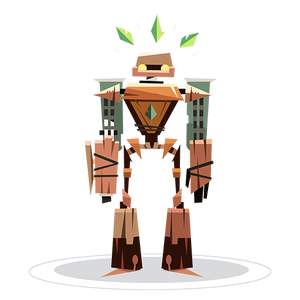
On death, give 1 strength to a random enemy unit and vitalize it
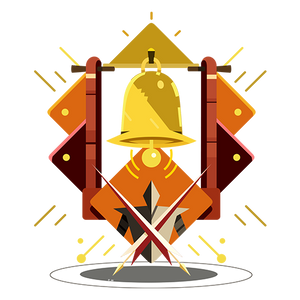
Randomly spawn a Knight with 1 strength
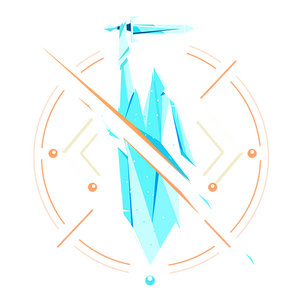
Freeze a target enemy unit. If it is already frozen, deal 6 damage to it instead
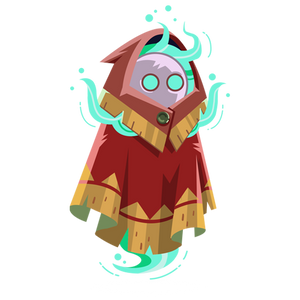
Before moving, get a random status effect
Win Conditions
There are three ways to actually win, ranked below as most-to-least effective:
- Direct damage to the base (“chip”)
- Two-cells movement units (“rushers”)
- Growth (high-strength units)
You must have at least one of these if you plan on reliably achieving victory!

On play, deal 2 damage to the enemy base
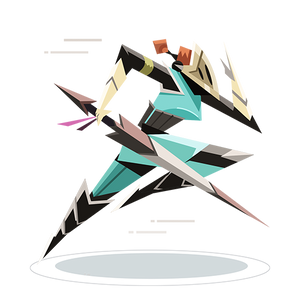

Capabilities
First and foremost, you need some units who can advance the front line—if they don’t on play, they will on the next. Structures can’t walk, and take up available space on the board. Advancing the front line gives more space to play more cards.
Single movement units can clear up space, but they don’t share the front. Units which block the front, and help hold the front, are necessary. Structures hold the front, but won’t advance it; however they are immune to poisoning and freezing, as well as a number of attack effects and spells.
Secondly, you need your game winner, as mentioned above. You must have at least one of these in your deck—you cannot expect to reliably stall out and casually pass some units through for the win. Not reliably at least.
Thirdly, you need some means to deal with hard to reach, or clusters of, enemies such as Execution, Felflares, Victors of the Melee, Bladestorm, etc. These cards can keep you in the game and are necessary. You need at least one, in some form. If they are cheap (3 or less) these are the cards you consider holding for a turn or two when cycling, in case you need them.
Between these controls and the ability of immobile units to simply absorb the opponent’s big units, big units are the least reliable game winner.
Synergies
This is about how cards work together in combination. Try and find a few. Some will be obvious such as Doppelbocks & Swarmcallers, Doctor Mia & Siege Assembly, Copperskin Ranger & Marked as Prey, Frosthexers & Wisp Cloud…
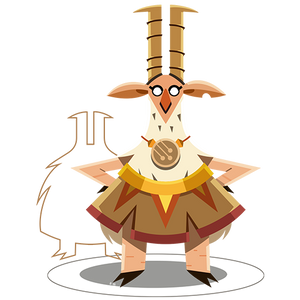
On play, spawn a 1 strength Satyr on the tile in front
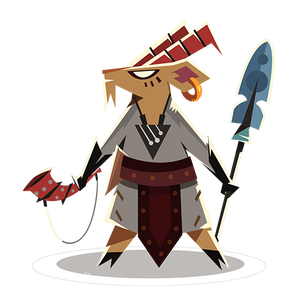
On play, gain 2 strength for each bordering friendly Satyr
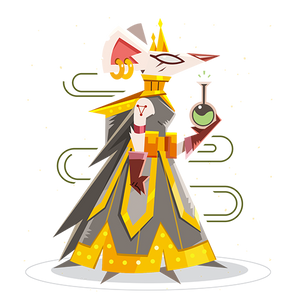
On play, trigger the ability of bordering friendly structures

At the start of your turn, deal 3 damage to the first enemy in front
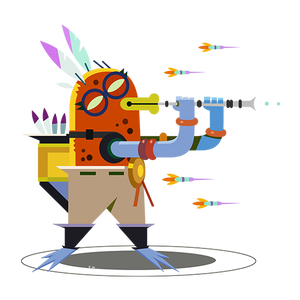
On play, poison 1 random enemy unit

Deal 5 damage to a target poisoned unit. If that kills it, spawn a 5 strength Raven there
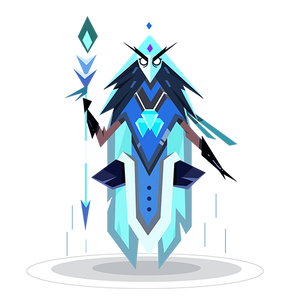
On play, freeze bordering enemy units
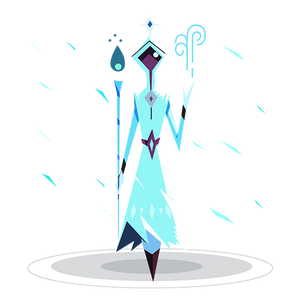
Before attacking a frozen enemy, deal 4 damage to surrounding frozen enemies
Some are less obvious, but still extraordinarily useful: for instance Destructobots detonating a Chaotic Pupil to drive back the opponent’s front.
Confinement synergizes remarkably well with a number of cards, such as Debug Loggers, Obsidian Butchers, Draconic Roamers, Harvesters of Souls, and so on while also taking care of big units.
When building your deck, try to make sure you have multiple synergies available (i.e. Linked Golems to combo with Green Prototypes & Finite Loopers) and not just one (i.e. running Icicle Burst in a deck with only Frosthexers to freeze, or Ludic Matriarchs with only Conflicted Drakes).
Core
Given that:
- a deck is composed of 12 cards
- you will have 3 or 4 mana on your first turn (4 or 5 on the next)
- you want to be able to connect multiple card plays as early as possible
- you draw 4 cards each turn
- and can (and usually should) cycle one each turn
… there is a 1/12 chance that any card will be in your hand. But since you draw a third of the deck (4 out of 12) into your hand, from turn 1 you have a 1/3 chance that any given card is among the 4/12 that makes your starting hand. Since the game does not allow for multiples occurrences of the same card in a hand at one time—if you do not have the card you would like, then the likelihood of getting it when cycling is significantly greater.
Your first turn gives you 3 or 4 mana (depending on who goes first). The number of cards you can play at 3 mana are any which cost 3 or less.
You will be able to play multiple cards only if you are using one of the few cards which cost 1 mana, and also have a card which costs 2 in the same hand. If you do not have one, you can always cycle any other card. Efficiency chooses those which cost 5 or more—which you cannot play on the following turn.
At 4 mana, you can play 2×2 cost cards, or any 1 man card and either a 3 2-, 3-, and even 4-mana cards can be played together with 1-mana cards when you have 5 mana available, that is 2 turns into the game. Combos can and should be built and active by this point.
You won’t be able to play two 3-mana cards together before you have 6 mana. Anything costing more is still several turns away. Cycle them until the timing is perfect.
These low-cast cards make up the core of your deck, as you will be able to play them every turn since the first.
Redundancies
Are you running multiple cards which do the same thing? Do you really need Voidsurgers and Witches of the Wild? Bladestorm and Beasts of Terror?
Or are some of your cards strongly lacking synergy? Toxic Sacrifice is risky in a deck which relies on growth, or which can’t place 0 movement, low cost units to detonate it.
If you are running a deck which focuses on growth (i.e. Potion of Growth, Boosting Elixir, Emerald Towers, etc.) then focus on units over structures or spells (i.e. Felflaresrather than Execution, Cabin Girls rather than Fort of Ebonrock). Growth is also partially redundant with 2 movement cards as they run straight into the opponent’s base before you can use a spell to boost them.
Note that multiple game winners (i.e. Overchargers and Chaotic Pupil) are not necessarily redundant; however if you have 5 of them, your deck is probably too expensive. Try focusing on two or three that have synergy with other cards in your deck (2 movement cards need a close enough front to run from for instance).
Most important advice for last… Have Fun! This is a game. One we play to have fun. One with a pleasing aesthetic and strategy. Don’t take it too seriously. Just have fun. :)
Looking to teach others and guide them towards glorious battles?
Have your own guide published.